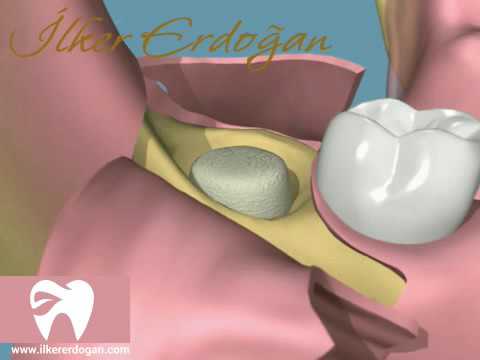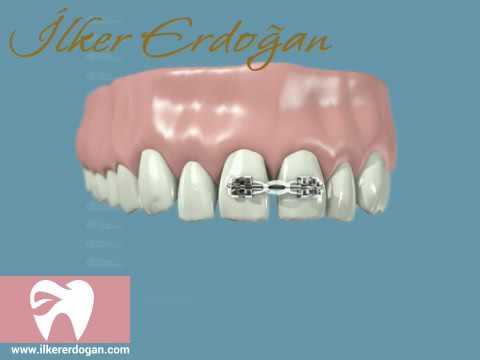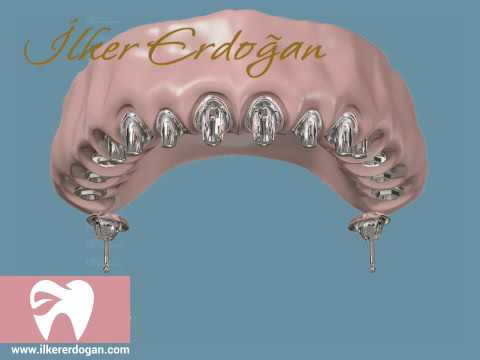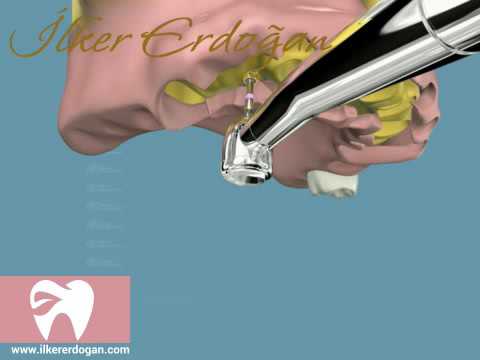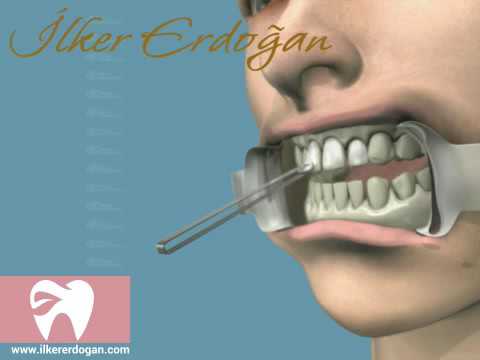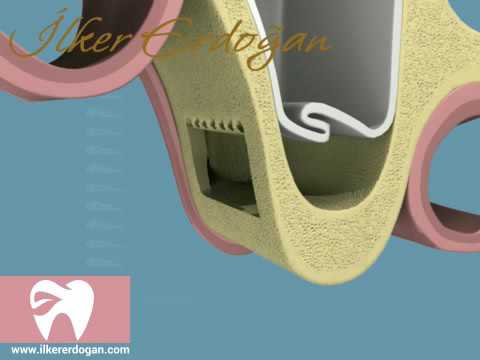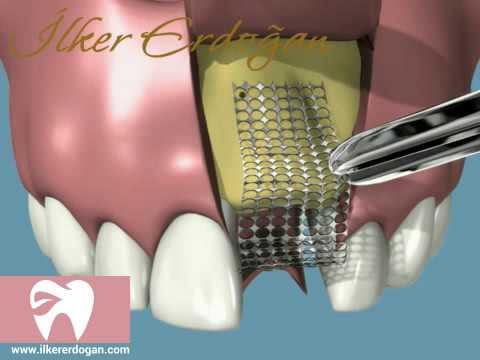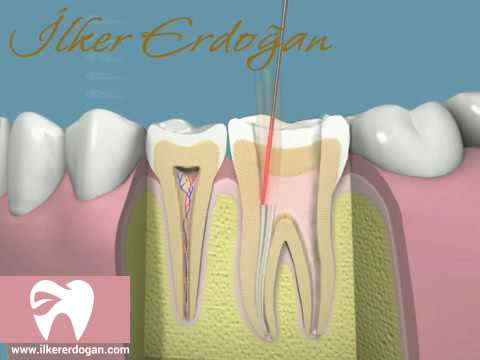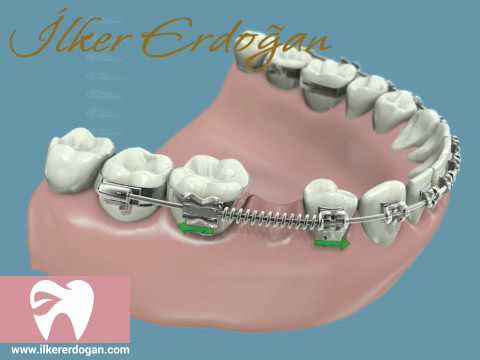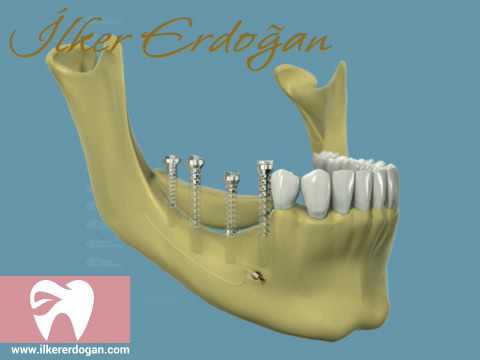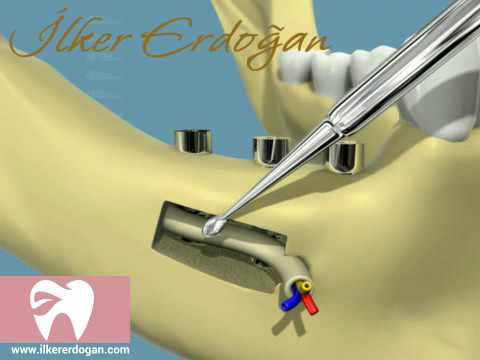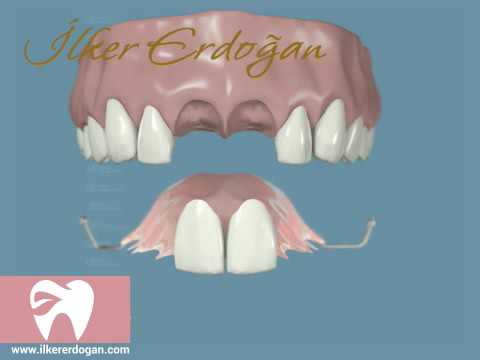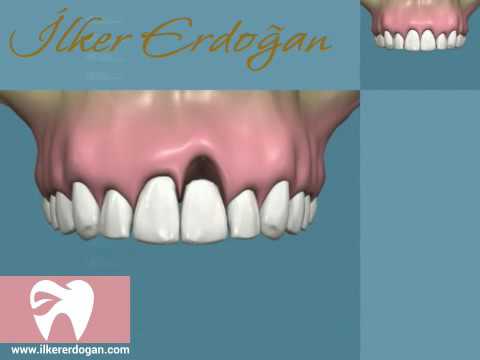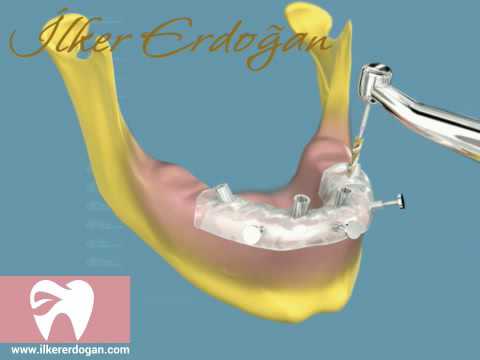What Exactly Is Bone Grafting?
A bone graft is a surgical procedure to repair, or rebuild, bones through the transplantation of bone tissue. By transplanting healthy bone tissue we can recreate bone and supporting tissues that are missing.
Who Needs Bone Grafts?
Anyone who has lost a tooth might need a bone graft before it is possible to place a dental implant. This is true even if you come in to ask for a dental implant the day after you lose the tooth. The socket could be infected, or the lost tooth could be the wrong size to support an immediate replacement.
Of course, most people don’t come in for an implant the same day they lose the tooth. Sometimes the reason is financial. Sometimes it’s logistical. Either way, bone loss occurs every day the tooth is missing.
How Do Bone Grafts Work?
There are several types of bone graft, and the type we use depends on the extent of the damage you’re suffering from as well as the location of the lost tooth.
The most common type of bone graft is called a socket graft. A socket graft’s primary purpose is to prevent the atrophy of the alveolar bone before it can occur. We usually place bone from a human donor right into the socket. This also prevents the collapse of the socket. After a socket graft, you’ll typically be ready for your implant in 4-6 months. As a bonus, having one of these grafts will minimize post-operative pain from the implant surgery.
The next type of bone graft is called a lateral ridge preservation graft. These grafts are used to increase the width of the jawbone in order to accommodate a dental implant. Again, we typically use human donor bones for this.
The block bone graft is another type of graft that we use. The block bone graft is necessary when there are large defects in the jawbone. To perform the block bone graft, we harvest a small block of bone from the back of the jaw.
We place the block into the defect, then hold it in place with small titanium screws.
Both the lateral ridge preservation graft and the block bone procedure typically take 4 to 6 months to heal.
Finally, we have the sinus lift procedure. We generally use equine bone for these so that we may expand the graft. The equine bone may be added to a human donor’s bone. This procedure is necessary when the patient needs an implant in the upper jaw, which is not typically stable enough to hold the implants on their own.
So, why equine bone? Because equine bone actually provides us with two unique advantages. It doesn’t dissolve as quickly as human bone does and microscopically is more similar to human bone. This equine bone creates a kind of “scaffold” that supports the additional growth of bone in the sinus.
Due to the anatomy of the sinus cavity healing typically takes 8-12 months.
What Happens After the Bone Grafting Procedure?
After the procedure has been completed, you’ll be given antibiotics to prevent infection. In some cases, pain medication is given as well. Most patients who receive bone grafts are completely pain-free and do just fine as long as they take the antibiotics.
Your dentist also has to wait for the bone graft to fuse with the natural bones that are already in your mouth. Unfortunately, your mouth is different from everyone else’s and there is no exact time frame for how quickly this happens.
It is not uncommon for it to take anywhere from three months to an entire year for the bone graft to fuse with the natural bones inside of your mouth. You will come in for regular checkups until your dentist decides you are ready for the implants.



